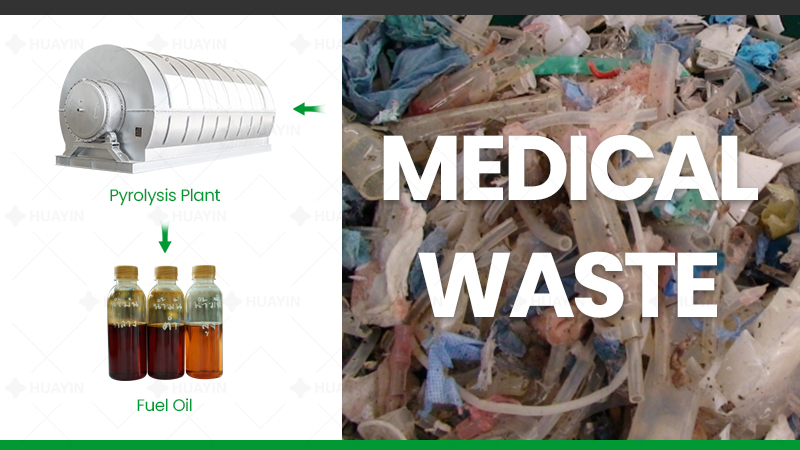
Pyrolysis is the process of heating waste raw materials at high temperatures to decompose them into various products. Its working principle is as follows:
Pretreatment: Confirm whether the raw materials need to be pretreated, such as tire cutting, plastic sorting, sludge dehydration, etc.
Heating: The raw materials are placed in the pyrolysis furnace and heated at high temperatures. You can use electric heating or other heating methods to raise the temperature to the required pyrolysis reaction temperature. The basic principle of pyrolysis is to break down the large molecules of the organic material into smaller molecules by applying heat. As the temperature rises, the organic matter decomposes and produces gas, liquid, and solid products.
Products separation: The gas, liquid, and solid products produced by pyrolysis are separated by cooling and separation systems.
End products collection: The collection system collects and stores the purified products for subsequent processing and utilization. The gas products can be transported to the reactor as fuel, the liquid products mainly include fuel oil, which can be used as industrial fuel in chemical plants, and the solid steel wire or slag can be discharged after cooling.
During the pyrolysis process, parameters such as temperature, pressure, and reaction time need to be strictly controlled to ensure the pyrolysis reaction’s efficiency and the product’s quality. The waste gas and wastewater generated by the pyrolysis need to be treated to ensure that they meet local environmental protection standards.



